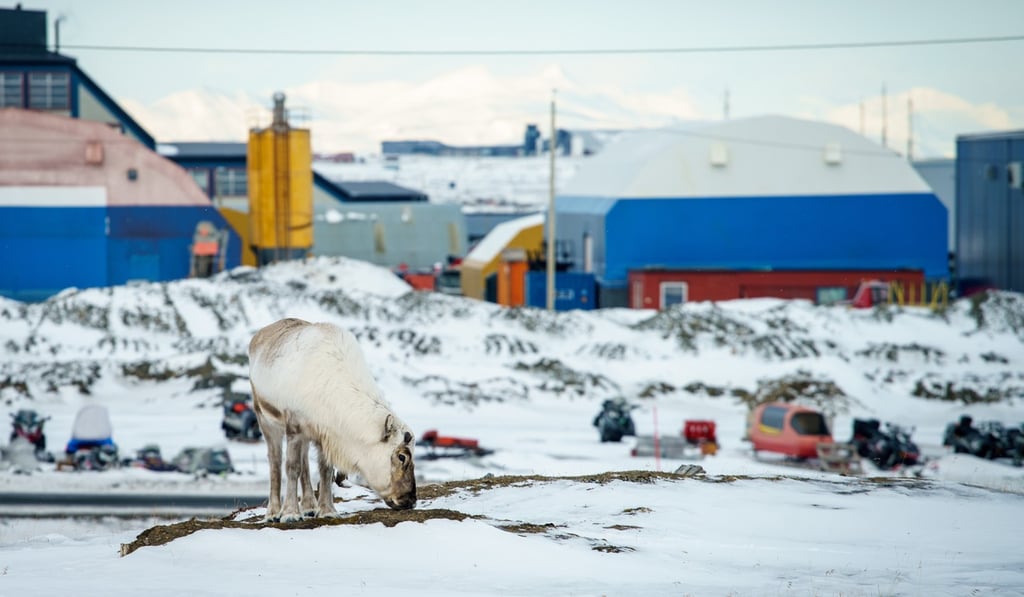Video | Arctic sailing gets tourists up close with nature and melting glaciers between Norway and the North Pole
Welcome to no-man’s-land. The world’s northernmost township with a permanent population, Longyearbyen in the Svalbard archipelago, is gaining in popularity as a gateway to the icy north for sailing tours

The tiny, iced-over pier at Longyearbyen, in the Norwegian archipelago of Svalbard, is so slippery when I get out of the taxi that I can barely stand, let alone walk to the gangplank with my two heavy rucksacks. The packing list for a week-long sailing trip in the Arctic is, unsurprisingly, long.
A mining outpost at latitude 78 degrees north, halfway between mainland Norway and the North Pole, Longyearbyen is the world’s northernmost town with a permanent population – just over 2,000 inhabitants.
Long considered a no-man’s land, any nationality can live and work visa-free here (Thais are the second largest ethnic group after Swedes, for example). Taxes are low, as is social support. You can neither be born nor buried here – the permafrost pushes everything back up, out of the earth.
The all-Dutch, five-person crew aboard the Noorderlicht, a 20-person traditional sailing ship, is busy preparing for a late afternoon departure as the guests begin to appear. Though dwarfed by a couple of larger ships in the harbour, the former lighthouse vessel, built in 1910, stands out red against the overcast sky and stark landscape – the snowy mountains on the other side of the fjord are hidden under a blanket of fog.

Spirits are high as we sail towards our first stop, the bay of Borebukta in northwestern Isfjorden, as are the temperatures by Arctic standards – a balmy minus 4 degrees Celsius (25 Fahrenheit). It’s spring, and the first birds are arriving in the archipelago.
Ultimate adventure: wealthy Chinese tourists do the North Pole
Expedition leader for World Expeditions Sarah Gerats tells us a freakishly warm February has caused fjord ice to melt, so our itinerary – exploring the North Spitsbergen archipelago – will be decided daily.